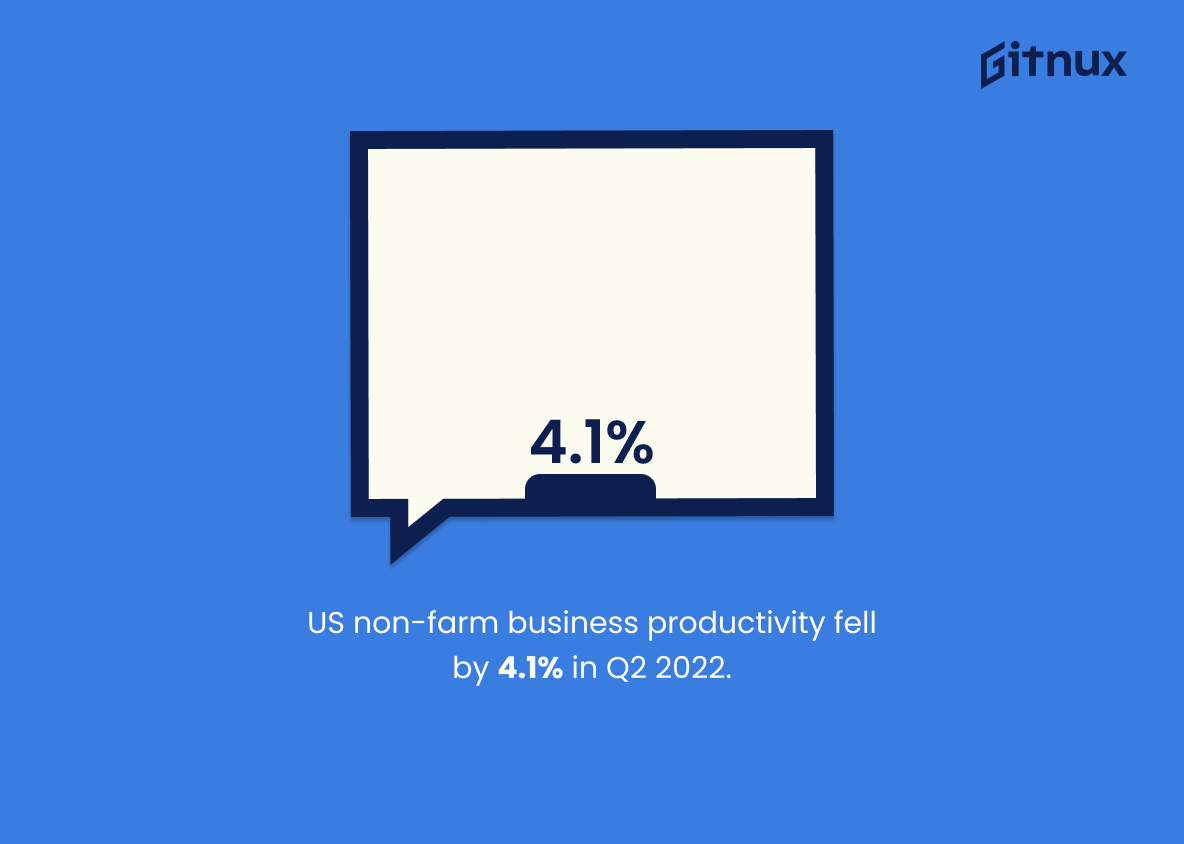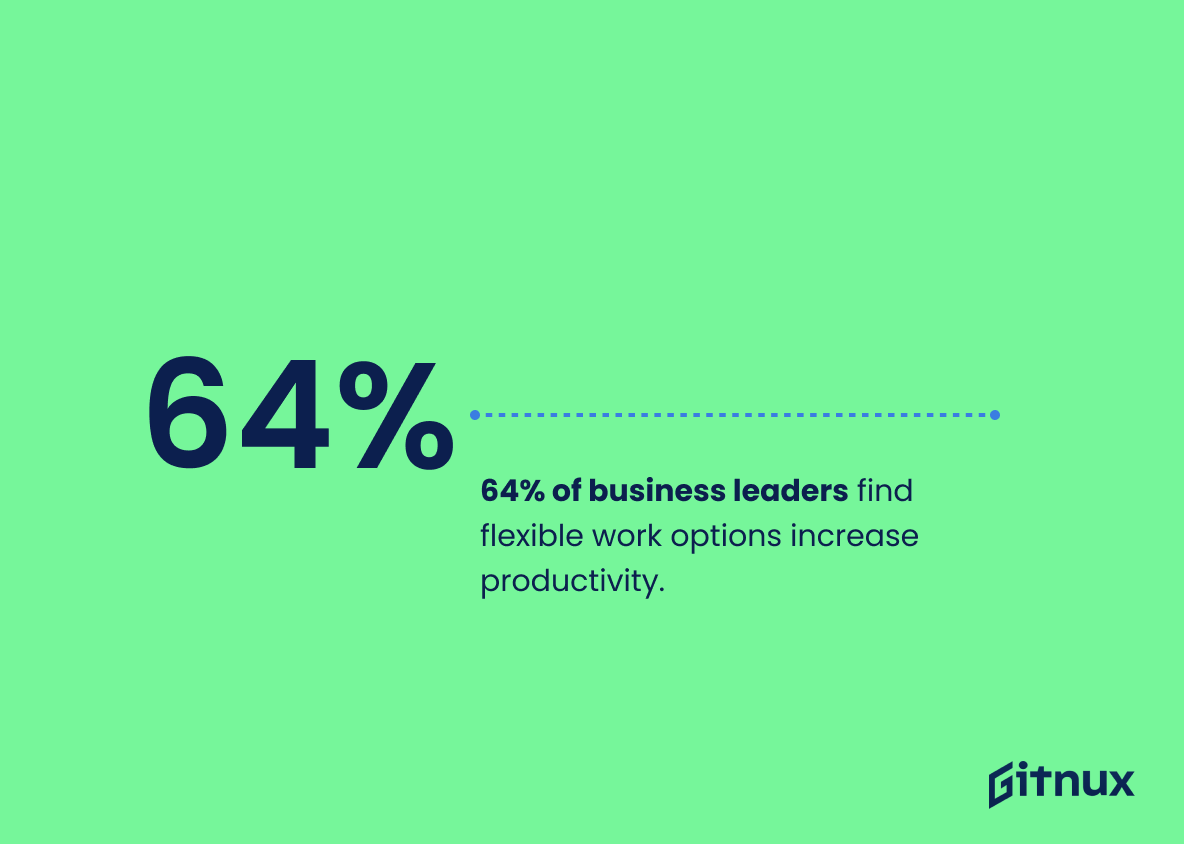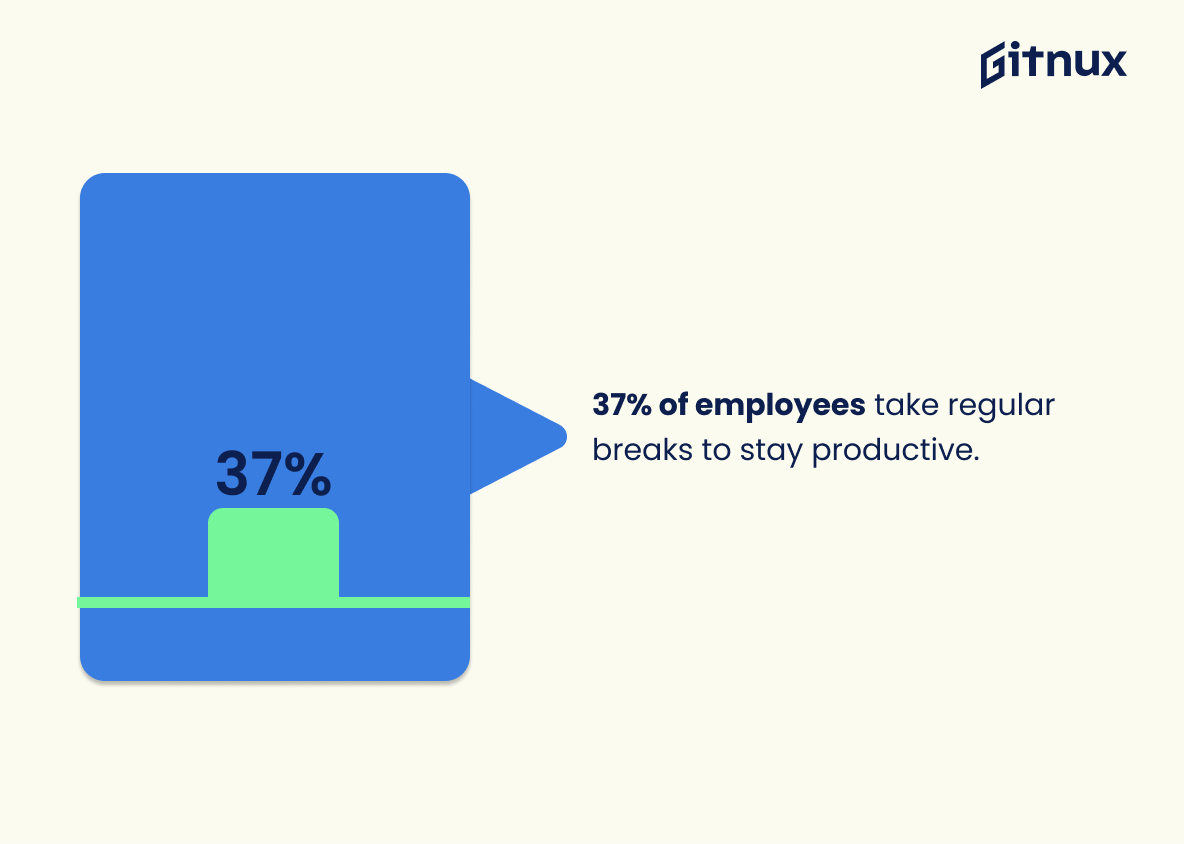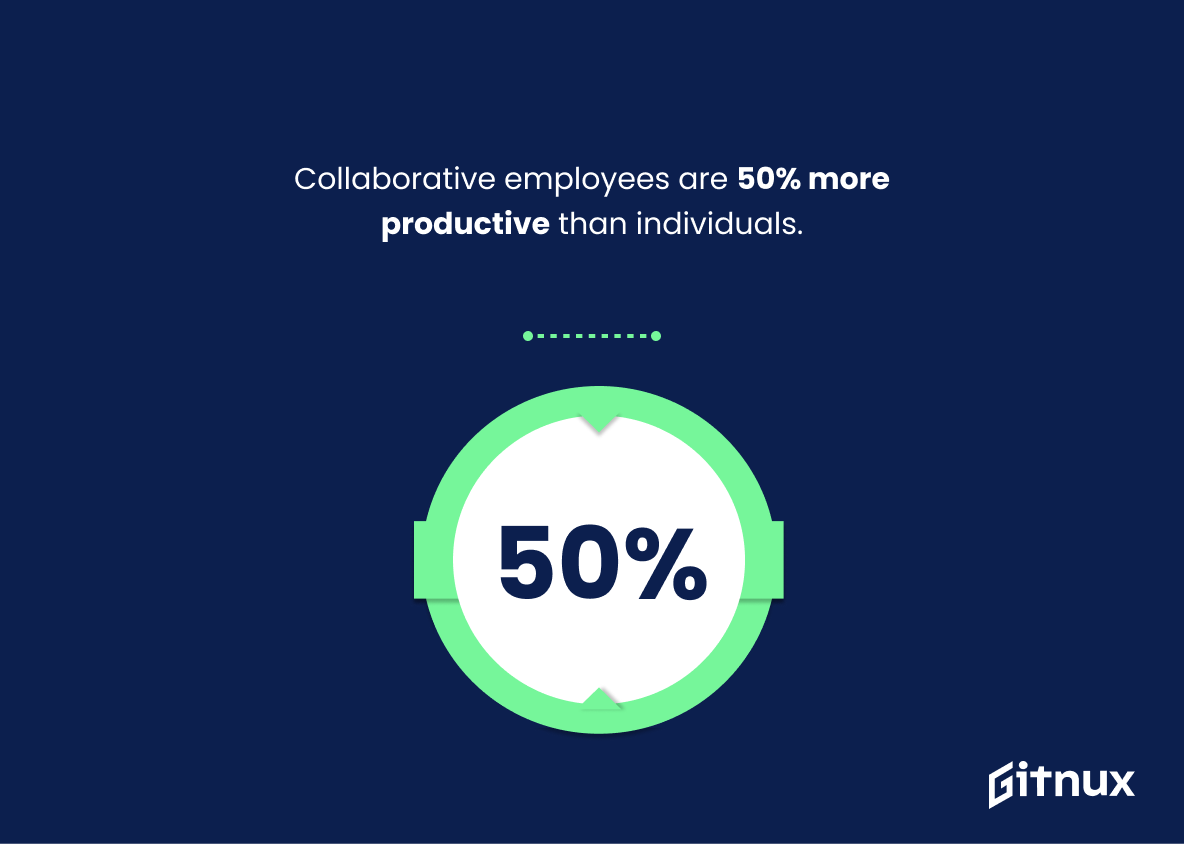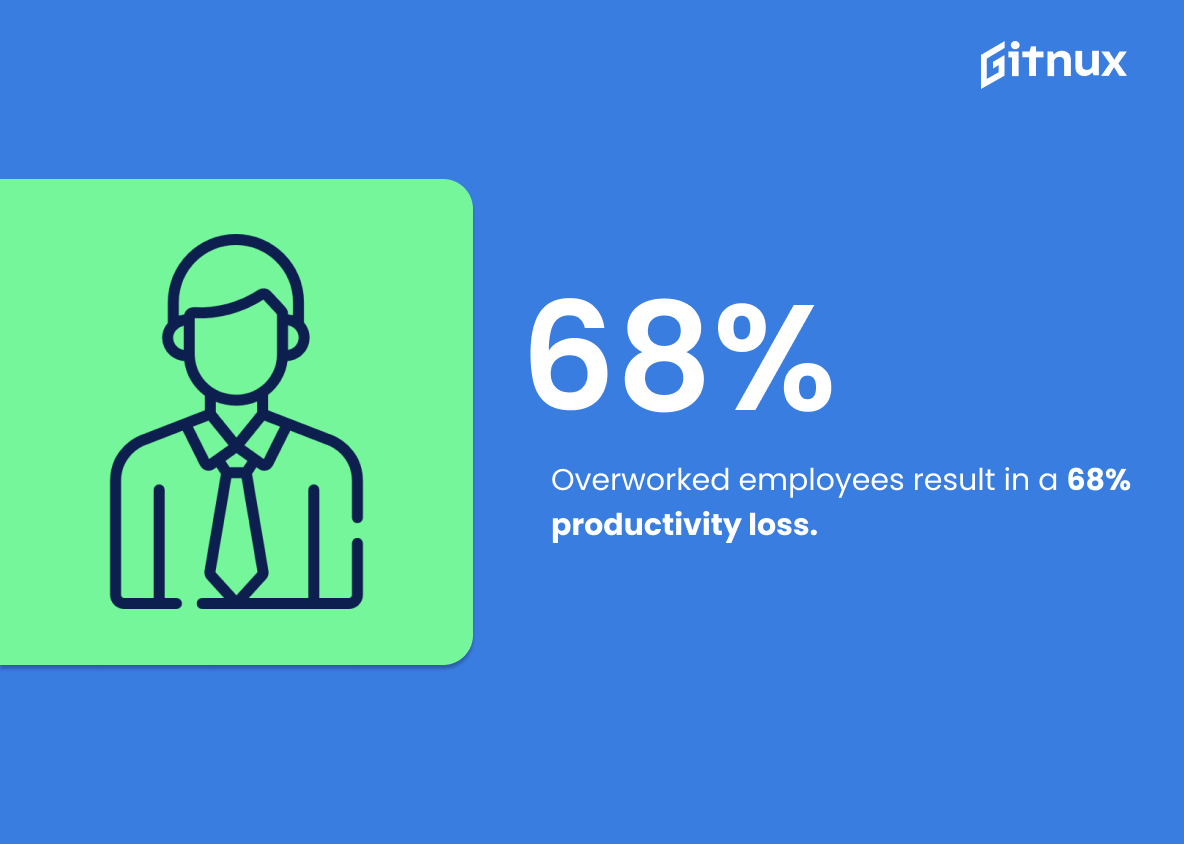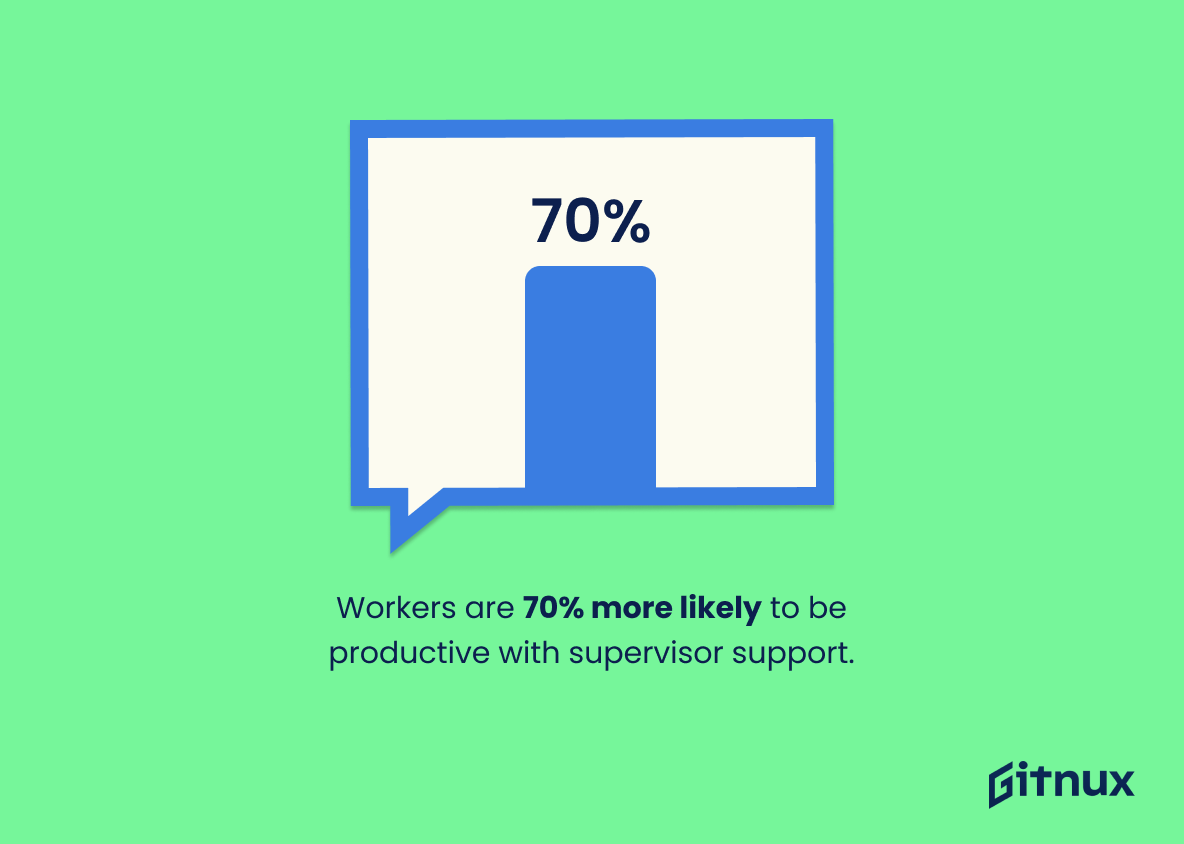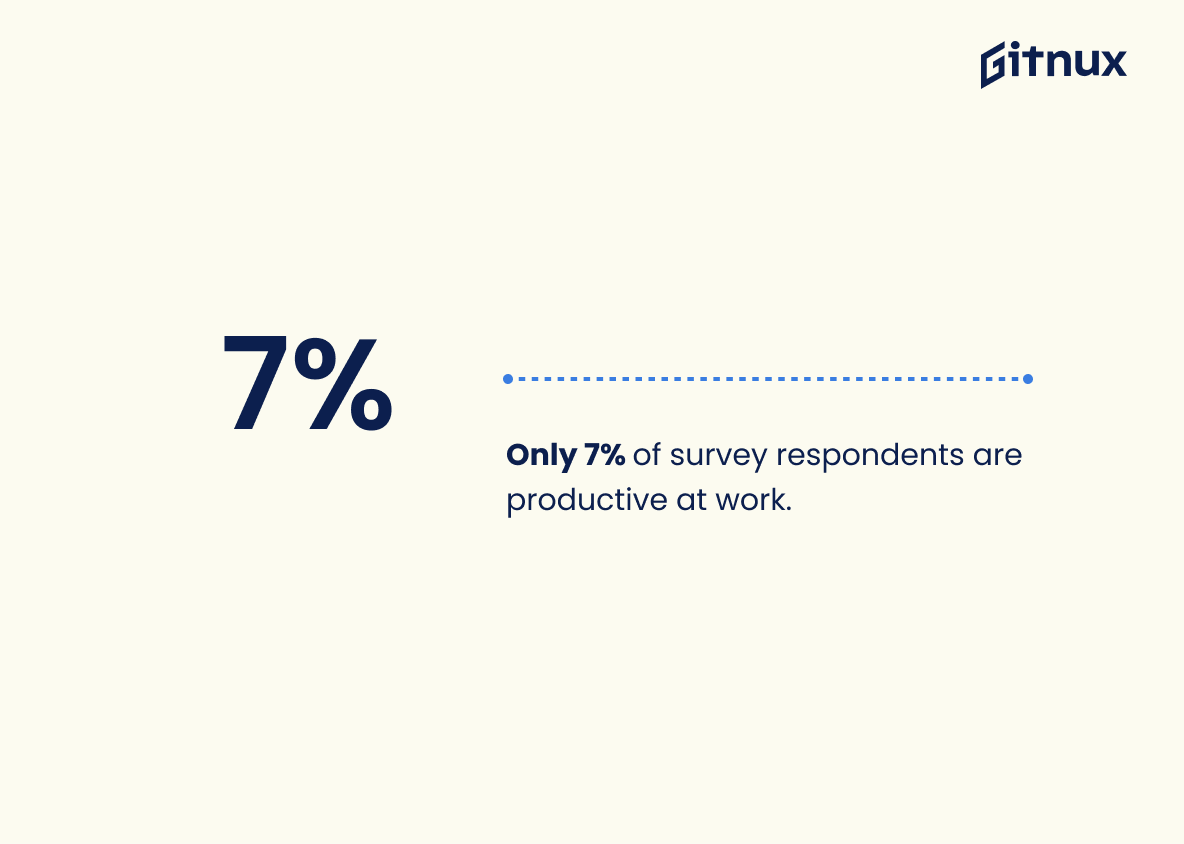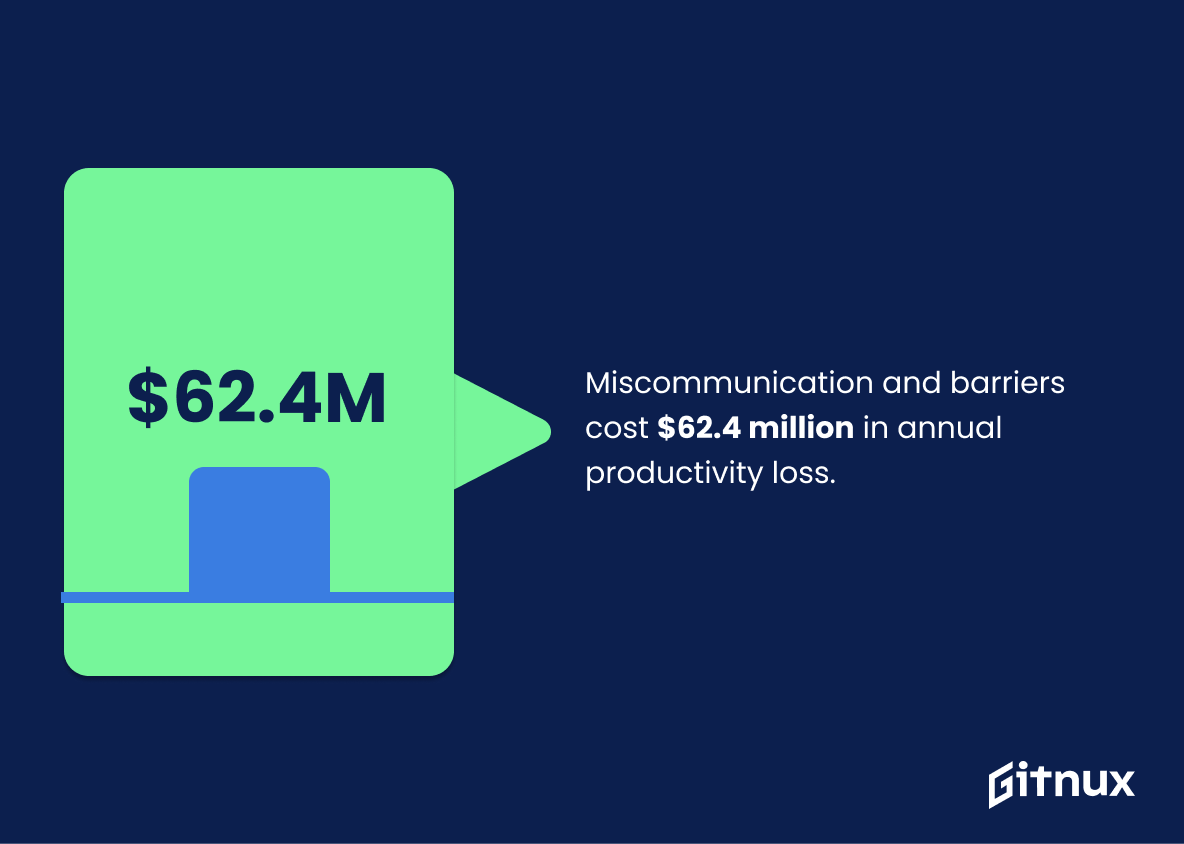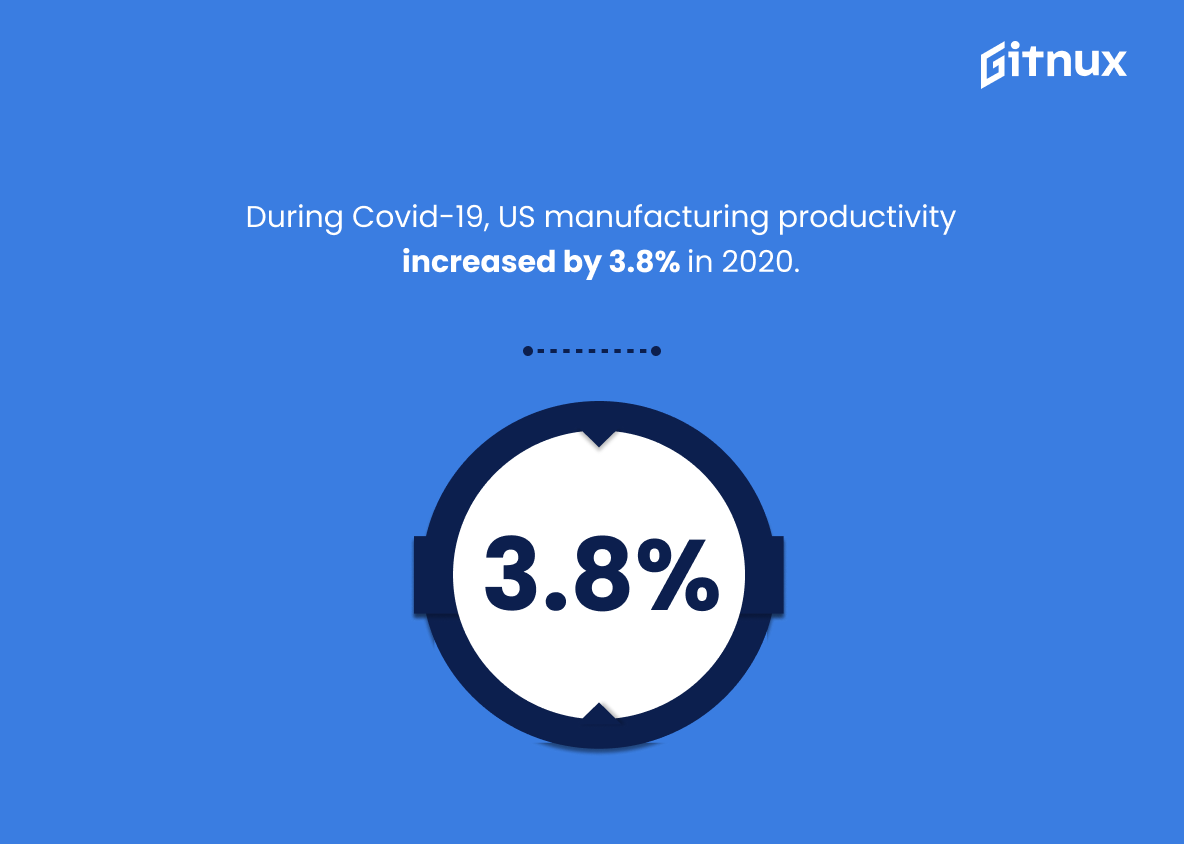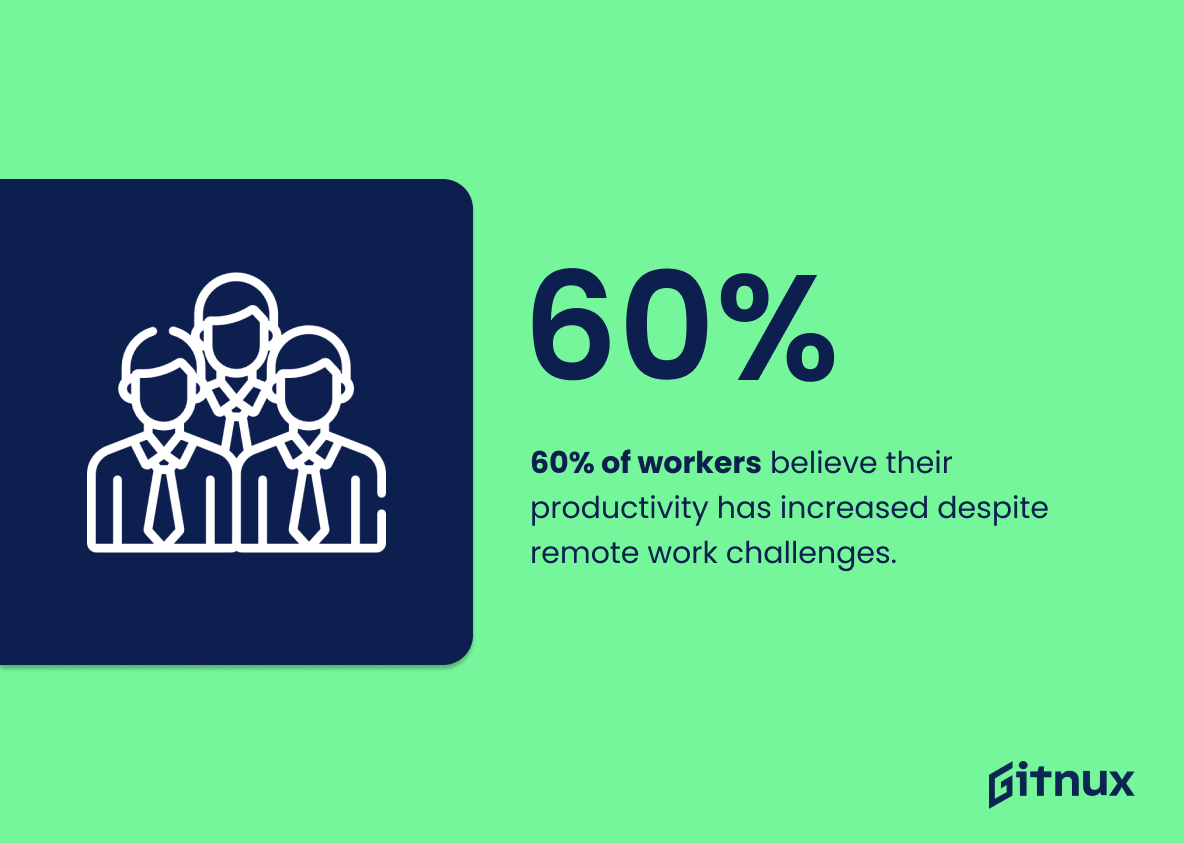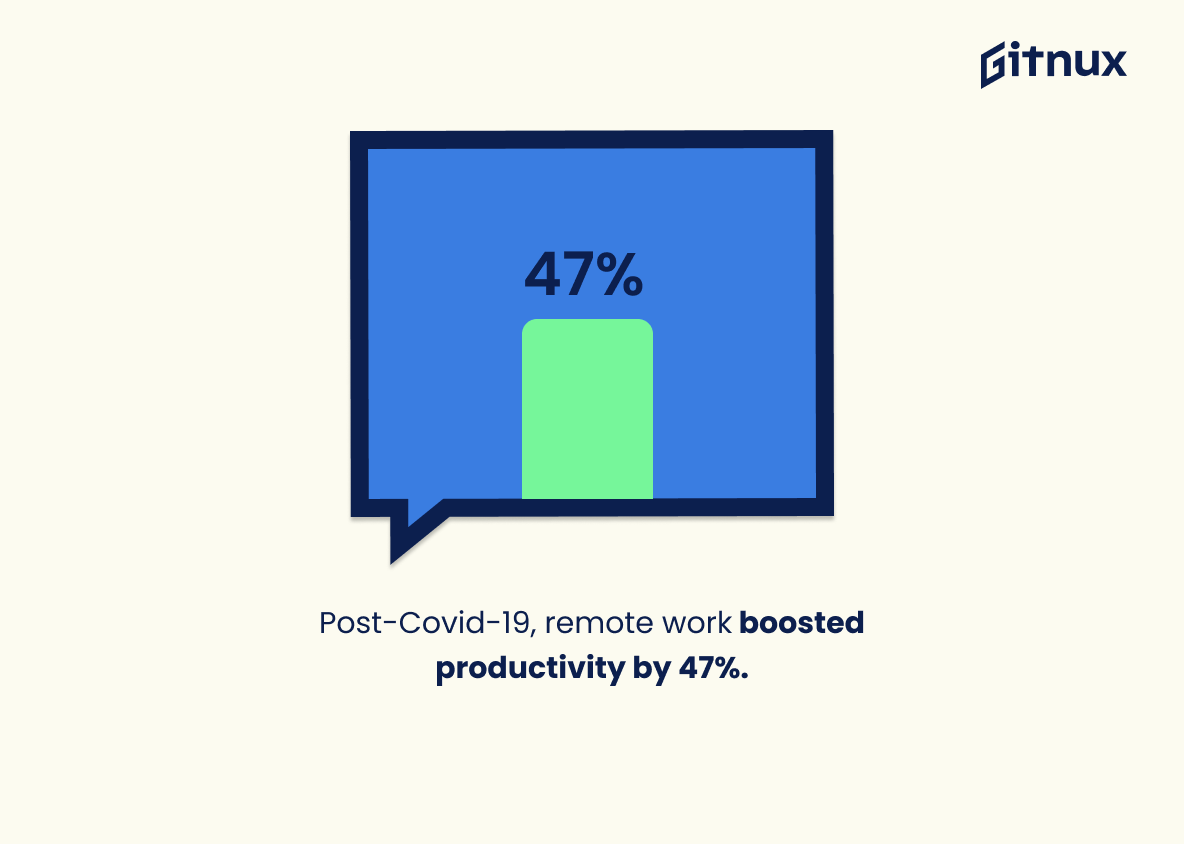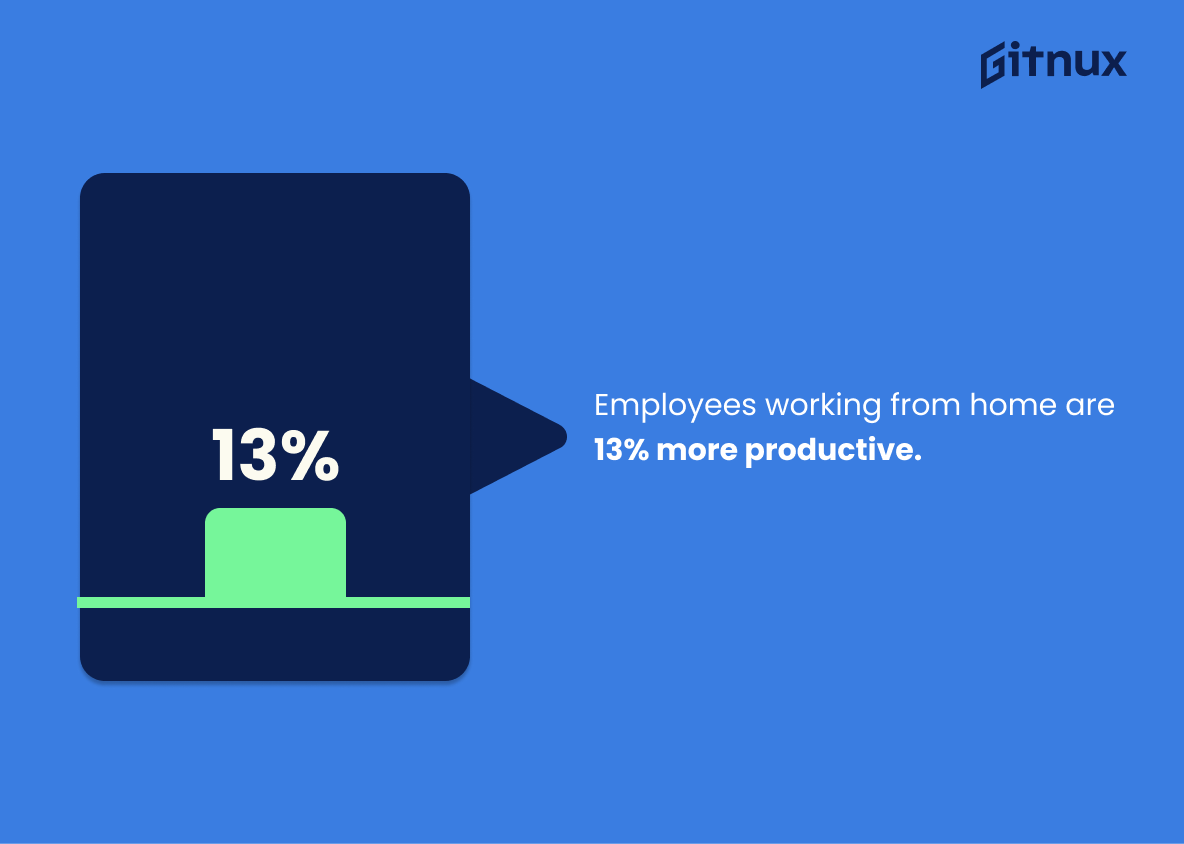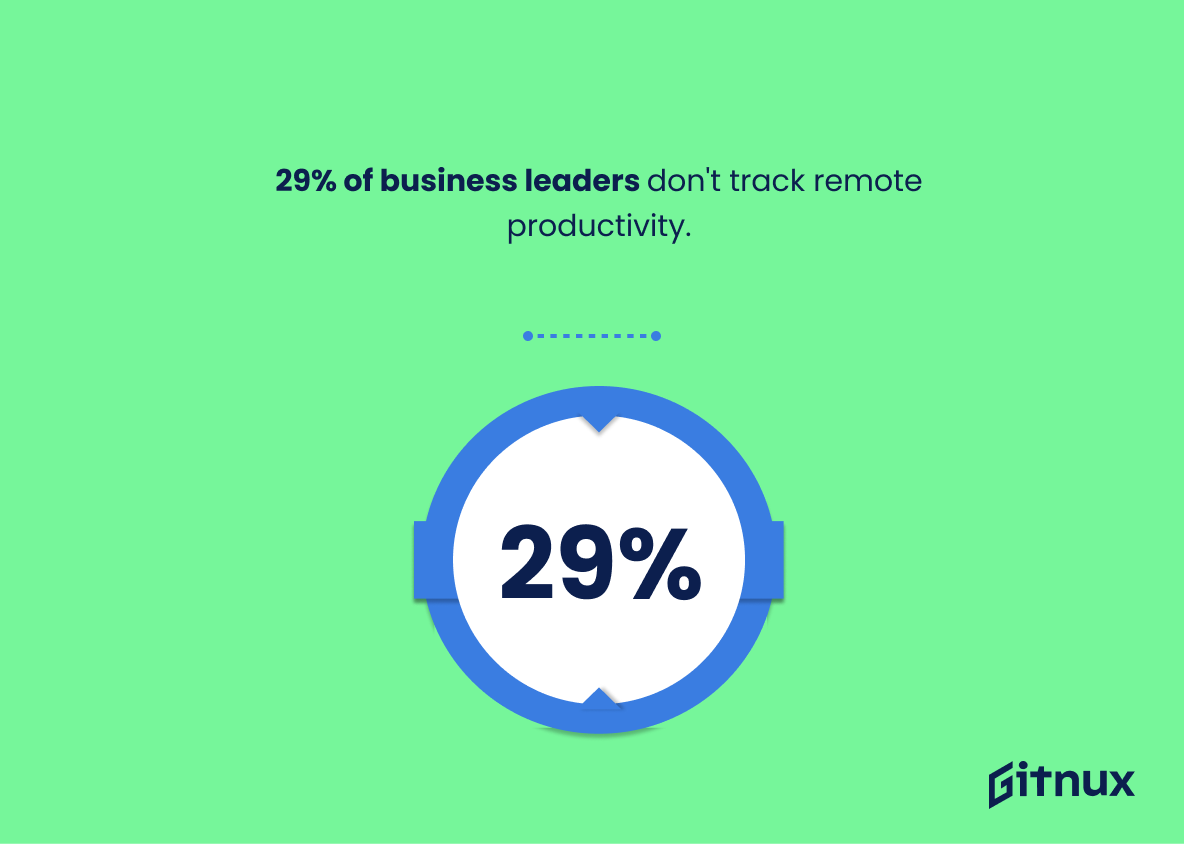Productivity is essential to the success of any organization, as it has a direct impact on efficiency and profitability. It is a measurement of how much output is produced per unit of input, and a metric that businesses strive to improve continuously. With the COVID-19 pandemic, the way we work has drastically altered, with remote work becoming the norm for many businesses. As a result, measuring and improving productivity has become more challenging than ever. Whether you’re a business owner, manager, or employee, understanding productivity statistics is crucial to achieving success in today’s fast-paced and ever-changing work environment.
In this article, we will examine the most recent productivity statistics, including general statistics, employee productivity, workplace productivity, and a lot more below.
Productivity: The Most Important Statistics
A rise in the overall productivity of 17% can be attributed to increased employee engagement.
Productivity increases by 12% in those who report high levels of happiness.
General statistics on productivity
With a GDP per hour of work of approximately $136.45, Luxembourg is the most productive country in the world. Ireland ranks second with a figure of $121.95.
The annual rate of average productivity growth in the United States is 1.4%.
In the second quarter of 2022, non-farm business productivity in the United States fell by 4.1%.
20% to 25% more work is completed in organizations with connected individuals.
64% of business leaders found that offering flexible work options increases productivity.
The most productive days for employees are Tuesday, Wednesday, and Thursday.
Monday and Friday are the least productive days of the week.
50% of individuals are productive for less than 5 hours per day.
Employee productivity statistics
Productivity on the part of employees is a critical factor in the success of a firm.
A rise in overall productivity of 17% can be attributed to increased employee engagement.
37% of employees take regular breaks to stay productive.
89% of workers prefer working alone to achieve maximum productivity.
Collaboratively working employees are 50% more productive than their individual counterparts.
42% of employers in pet-friendly workplaces believe that pets boost employee productivity.
68% of productivity is lost when employees are overworked.
33% of employees claim that environmental factors have a negative impact on their productivity and engagement.
Read more about Employee Productivity
Workplace productivity statistics
It is 70% more likely that workers will be productive if they feel their supervisors’ support.
Productivity in businesses sees a boost of 17% when there is a better level of employee involvement.
Only 7% of people who responded to the survey said they are productive at their workplaces.
86% of executives agree that ineffective communication causes issues related to productivity.
Miscommunication and communication barriers account for an estimated $62.4 million annual loss in productivity.
Research has shown that multitasking might result in a 40% decrease in productivity.
Productivity during Covid-19
Both good and negative effects on global productivity can be attributed to the presence of Covid-19.
In Covid-19, Global productivity increased by 4.9% in 2022, more than doubling the long-term average annual growth rate of 2.4% from 2005 to 2019.
During Covid-19, the manufacturing sector of the United States, productivity increased by 3.8% in 2020.
During the pandemic, 52% of executives indicated that remote work increased employee productivity.
60% of workers believe their productivity has increased since the outbreak of COVID-19, despite the difficulties of working from home.
The COVID-19 pandemic has radically altered the way we work, with remote employment becoming the norm for many firms.
Remote working productivity statistics
After the Covid-19 pandemic, a number of companies made the transition to using remote working as their primary mode of operation.
After the pandemic, remote work would make 87% of employees happier.
Working remotely has increased employee productivity by 47% post-COVID-19.
64% of business leaders found that offering flexible work options increases productivity.
32.2% of managers reported an increase in productivity as a result of the shift to remote work in 2020.
66% of employees frequently complete more work while working remotely than when they were in the office.
Employees working from home are 13% more productive.
65% of workers claim they are more productive at home than in a conventional office.
29% of business leaders have taken no remote productivity tracking measures.
How well-being affects productivity?
The health and happiness of workers has a substantial bearing on both their individual productivity and the overall economic climate.
Nutritional sufficiency increases productivity by 25%.
Regular exercise was associated with a 27% reduction in employee absences.
Workers who consume fruits and vegetables at least four times per week are 20% more productive than those who do not.
Productivity increases by 12% in those who report high levels of happiness.
41% of respondents agree that stress interferes with their productivity.
High levels of fatigue reduce an individual’s performance by 33%.
Due to stress, over 50% of employees are disengaged at work, resulting in a loss of productivity.
Companies spend approximately 75% of a worker’s annual salary to cover lost productivity or to replace workers.
Depression and anxiety cost the global economy about $1 trillion in lost productivity annually.
Stress at work is estimated to cost the U.S. economy more than $300 billion due to decreased productivity, accidents, and etc.
Productivity fun facts
71% of individuals are more productive when listening to music.
89% of workers are more productive when tasks are gamified.
Tracking software increases productivity by 47% among employees.
See the best Time Tracking Software
Conclusion
Productivity is a key factor in determining the success of any business. Statistics indicate that companies that invest in productivity-enhancing initiatives, such as automation, enhanced processes, and improved training, are more likely to increase their profits and remain competitive. In conclusion, businesses should strive to increase their productivity to remain competitive and increase profits.
References
AIS: “Workplace Stress”, cited in February 2023 (Source)
Applauz: “12 Shocking Employee Productivity Statistics”, cited in February 2023 (Source)
Clockify: “Workplace productivity statistics for 2022”, cited in February 2023 (Source)
DataProt: “Remote Work Statistics: A Glance at the New Normal”, cited in February 2023 (Source)
firstup: “Employee productivity statistics: Everything you need to know”, cited in February 2023 (Source)
ILOSTAT: “Statistics on labour productivity”, cited in February 2023 (Source)
ILOSTAT: “Why would labour productivity surge during a pandemic?”, cited in February 2023 (Source)
Squaretalk: “Remote Work Statistics in 2023 and How they Influence the Workplace”, cited in February 2023 (Source)
Thrivemyway: “Productivity Stats and Facts to Boost Your Performance in 2022”, cited in February 2023 (Source)
TimeDoctor: “8 work from home productivity statistics for the outsourcing industry”, cited in February 2023 (Source)
whattobecome: “48 Workplace Statistics — What Has Changed in 2022?”, cited in February 2023 (Source)
Zippia: “22 MUST-KNOW WORKING FROM HOME PRODUCTIVITY STATISTICS [2023]: HOW DOES REMOTE WORK AFFECT OUR PRODUCTIVITY?”, cited in February 2023 (Source)
ZipDo, cited June 2023: Productivity Statistics

